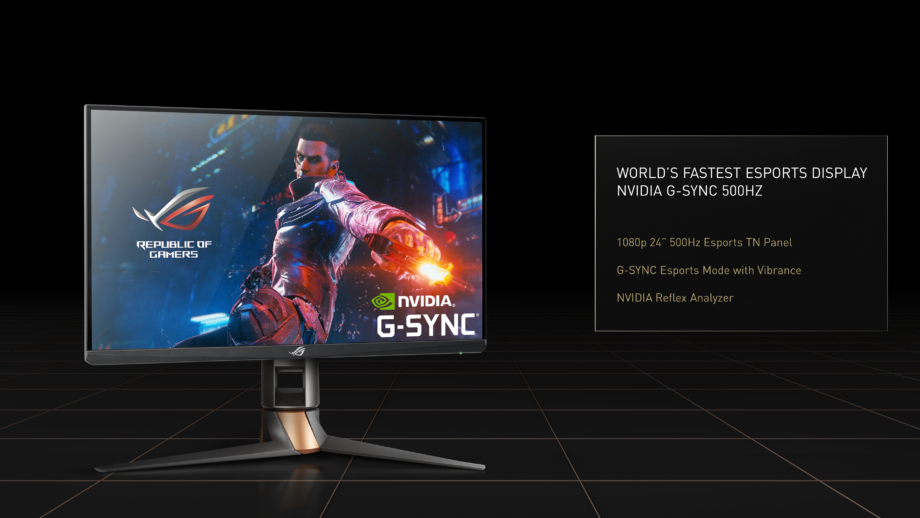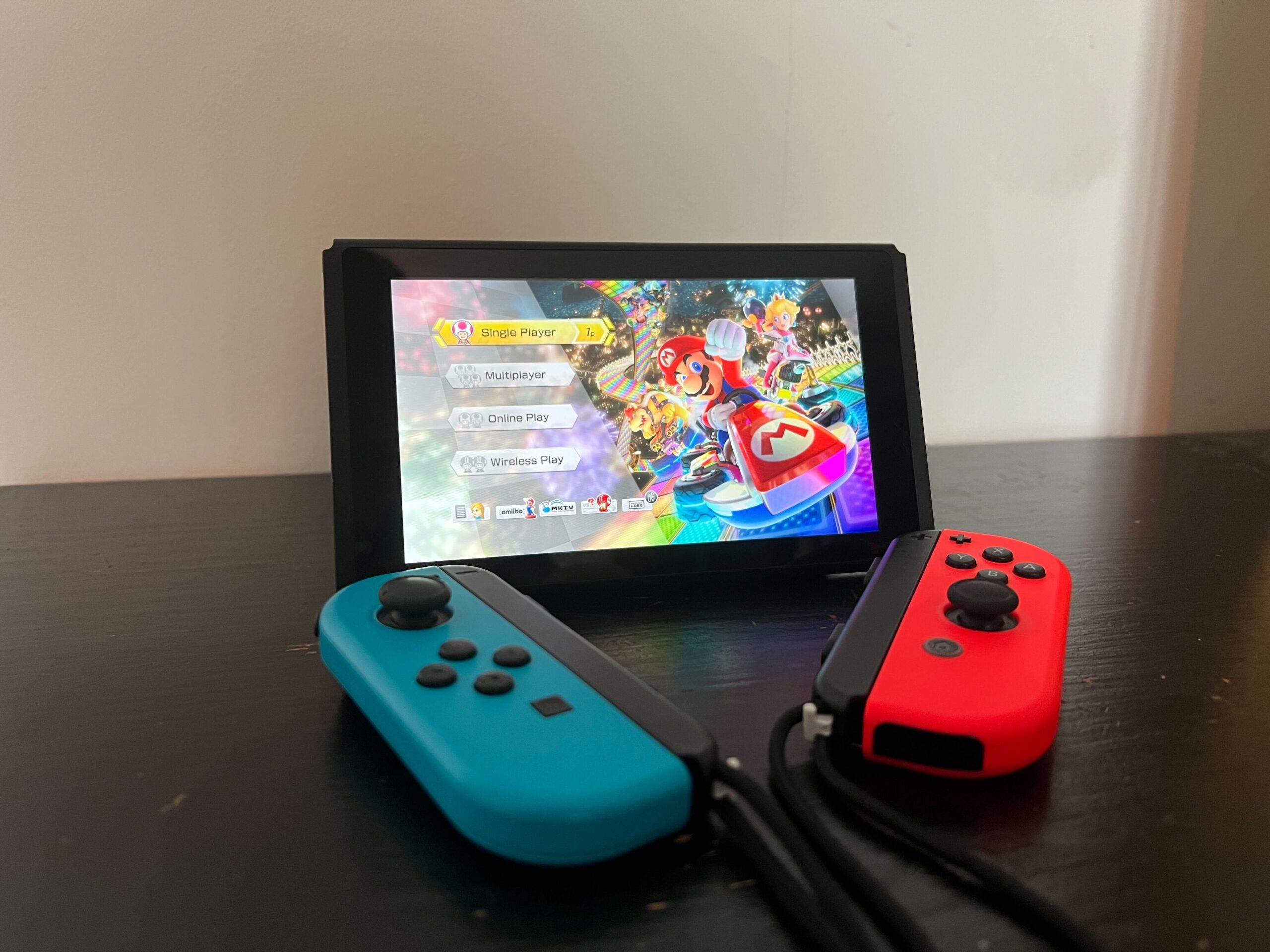New Asus gaming monitor has a blazing fast 500Hz refresh rate

During a Computex 2022 keynote, Nvidia revealed that Asus is launching a new gaming monitor with a jaw-dropping 500Hz refresh rate, which is the fastest panel to ever hit stores.
Before today, the fastest gaming monitor was capped at 360Hz, which means the display is able to display a new image 360 times per second. That’s blazing fast, but it seems that Asus wasn’t content to settle for such speeds.
The new Asus Rog Swift monitor has a whopping 500Hz refresh rate, which means – you guessed it – it’s capable of displaying 500 images every second.
However, your PC will need to be playing a game at a dizzyingly high frame rate in order to make the most of the 500Hz refresh rate, so you’ll need a GPU as well as an eSports-friendly game such as CS:GO, Valorant and Rainbow Six Siege.
The 24-inch gaming monitor also flaunts a 1080p screen resolution, and uses a TN (Twisted Nematic) panel technology to keep the latency as low as possible.
It also supports Nvidia’s G-Sync technology to help eliminate screen tearing, while the Nvidia Reflex Analyzer allows users to measure their PC’s system latency if using a GeForce GPU and Nvidia Reflex mouse.
Asus hasn’t revealed the price of the Asus Rog Swift 500Hz monitor just yet, but we’re expecting it to be incredibly expensive given the specs. But if you’re looking for the absolute fastest speeds to give you the edge in online multiplayer games, then it may well be worth the investment.
The Trusted Take
I already thought that 360Hz gaming monitors offered ridiculous speeds, so to see that Asus is launching an even faster 500Hz panel is truly astonishing.
Without testing it for myself yet, I do think that most gamers have no need of a 500Hz monitor. Most graphics cards are incapable of keeping up with such speeds, and there’s only a handful of games that you’ll be able to push up to 500fps, including titles such as CS:GO and Valorant.
Nevertheless, it’s still great for competitive gamers to have the option, and exciting to see Asus and Nvidia pushing up the performance ceiling once again.








